In one of our very early blogposts, which doesn’t even have charts in our well-loved livery, we wondered what the effect of Progress 8 would be on creative subjects.
This was because one of the aims of Progress 8 was to drive up entry in the English Baccalaureate subjects. Nearly everyone already entered English and maths so this was about increasing take-up of GCSEs in sciences, humanities and languages.
Given that English and maths are double weighted, then 70% of the “slots” in the Attainment 8 measure on which Progress 8 is based are English Baccalaureate (EBacc) subjects.
In fact, given that one of English language or literature can be included in the open ‘slots’ if both have been entered then you could even say 80% of it is EBacc based.
Some years have now passed. How have things changed?
Data
In our previous blogpost, we looked at entry rates in different subject groups at Key Stage 4 between 2002 and 2014.
In this article, we pick up the series in 2015 and continue until 2022.
We look at entries three groups of subjects
- Art and design
- Music (including music technology)
- Performing arts (including dance and drama)
You can see a full list of which subjects are included here.
We include all pupils who reach the end of Key Stage 4 in state-funded mainstream and special schools.
We identify three types of qualification
- GCSEs
- Other qualifications which are eligible for Performance Tables
- Other qualifications which are approved for use with pupils aged 16 but are not eligible for Performance Tables
The specific qualifications counted in Performance Tables have changed over time. This includes what counts as a GCSE. In earlier years of the series, for example, some international GCSEs were included.
We express the number of pupils who enter each qualification as a proportion of the total cohort. This is a better measure than looking at numbers of entrants as it accounts for growth in the size of the population.
Art and Design
We start with art and design.
31% of pupils were entered for any qualification in art and design in 2015. This figure fell to 28% in 2018 before increasing to 31% during 2020 and 2021 when exams were cancelled. It then fell back to 30% in 2022.
The percentage of pupils entering a GCSE in 2022 was the same as 2015- 28%. There has been a slight reduction (from 2.1% to 1.1%) in the percentage entering an alternative qualification.
Music
Now let’s turn to music.
The series starts at a lower base- 9% in 2015 and fell to just over 8% in 2022.
As with art, entries increased 2020 and 2021 when exams were cancelled and then fell slightly.
Entry rates in GCSEs have fallen by a larger amount- from 7% in 2015 to 2022.
But this obscures the growth in alternative qualifications during the same period.
Performing arts
Next, performing arts.
20% of pupils entered a qualification in performing arts in 2014.
This fell to 14% in 2022.
Unlike art and design and music, there was no increase in entry during the years when exams were cancelled.
Any creative subject
Finally, to wrap things up let’s look at how many pupils are entered for at least one creative subject.
49% of pupils entered at least one qualification in a creative subject in 2015.
This had fallen to 45% by 2018 then increased to 47% between 2019 and 2021 before falling back to 45% in 2022.
It may or may not be coincidental that 2018 was the first year that reformed GCSEs in art and design, music, dance and drama were awarded.
Summing up
There has been a small decrease in the proportion of young people entered for one or more qualifications in creative subjects since Progress 8 was introduced in 2016.
In 2015, the year before Progress 8 was introduced[1], 49% of pupils entered a qualification in a creative subject. This fell to 45% in 2022.
But is Progress 8 responsible for this decline? I’m not totally sure for three reasons.
Firstly, we do not see a consistent decline in the entry rate. It actually increased between 2018 and 2021.
Secondly, entry numbers in GCSE art and design and GCSE drama (but not music) have declined in Wales over the same period. That said I’m not sure if that finding would hold if we were to include non-GCSE qualifications and calculate entries as a percentage of the total cohort as we have done here.
Thirdly, lots of other things have happened in England over the period 2015 to 2022. Have entries in creative subjects been affected by reforms to GCSEs? Or the decline in real terms funding?
In order to be sure that Progress 8 has led to a reduction in entries in creative subjects we would have to rule out these other possible explanations.
- Although a small pilot took place in 2015
Want to stay up-to-date with the latest research from FFT Education Datalab? Sign up to Datalab’s mailing list to get notifications about new blogposts, or to receive the team’s half-termly newsletter.


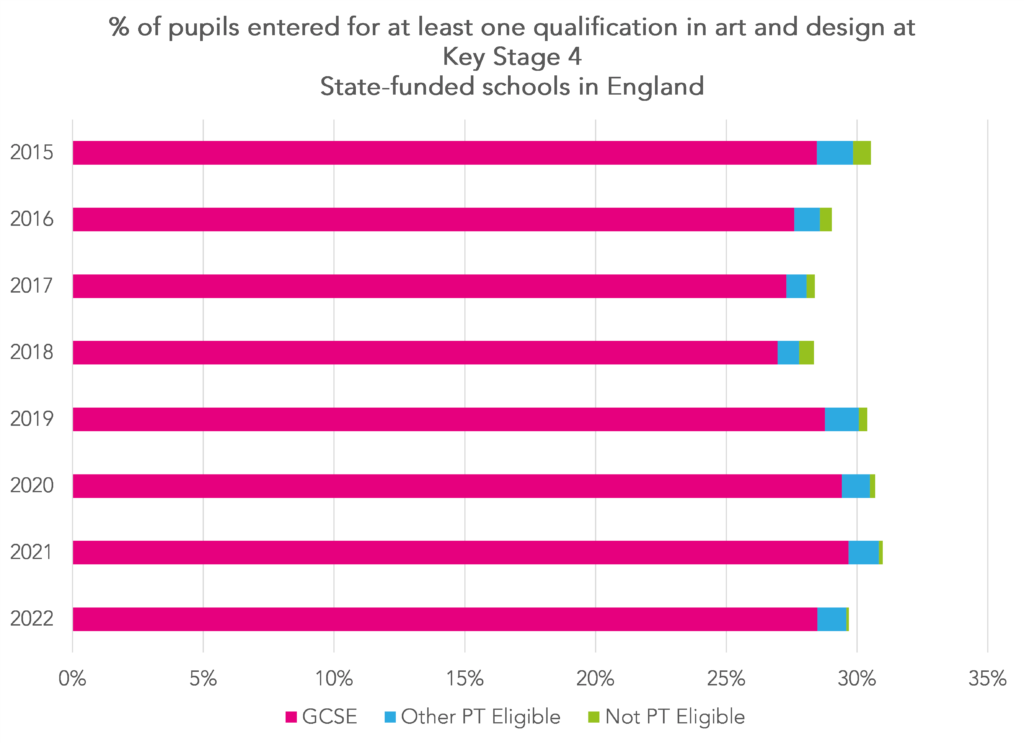
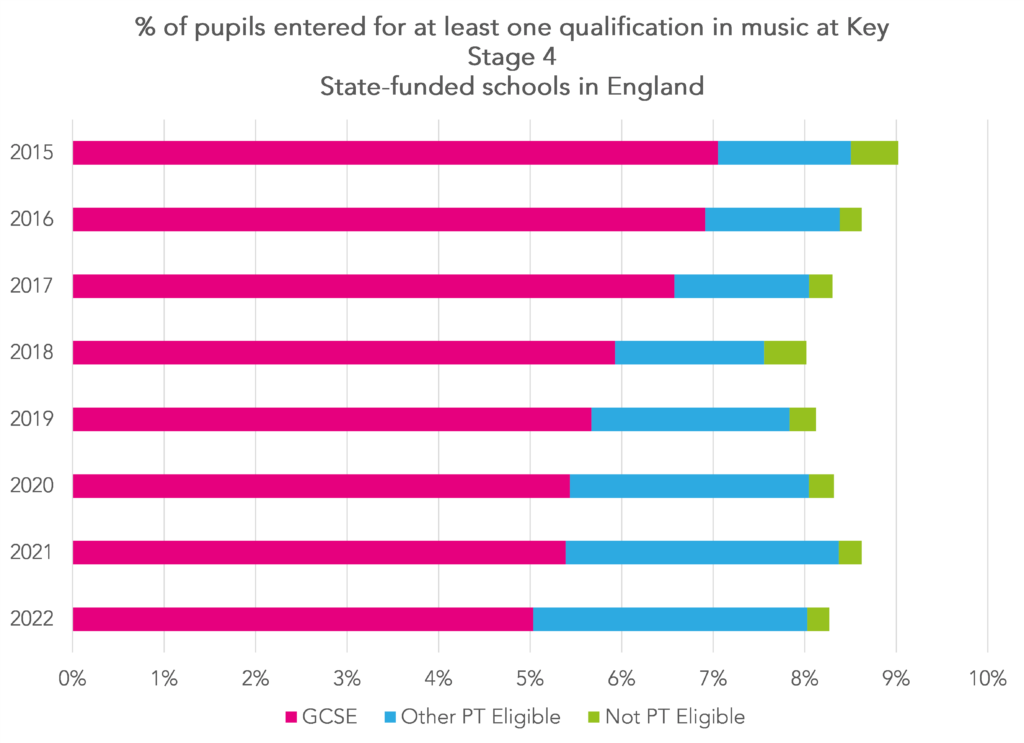

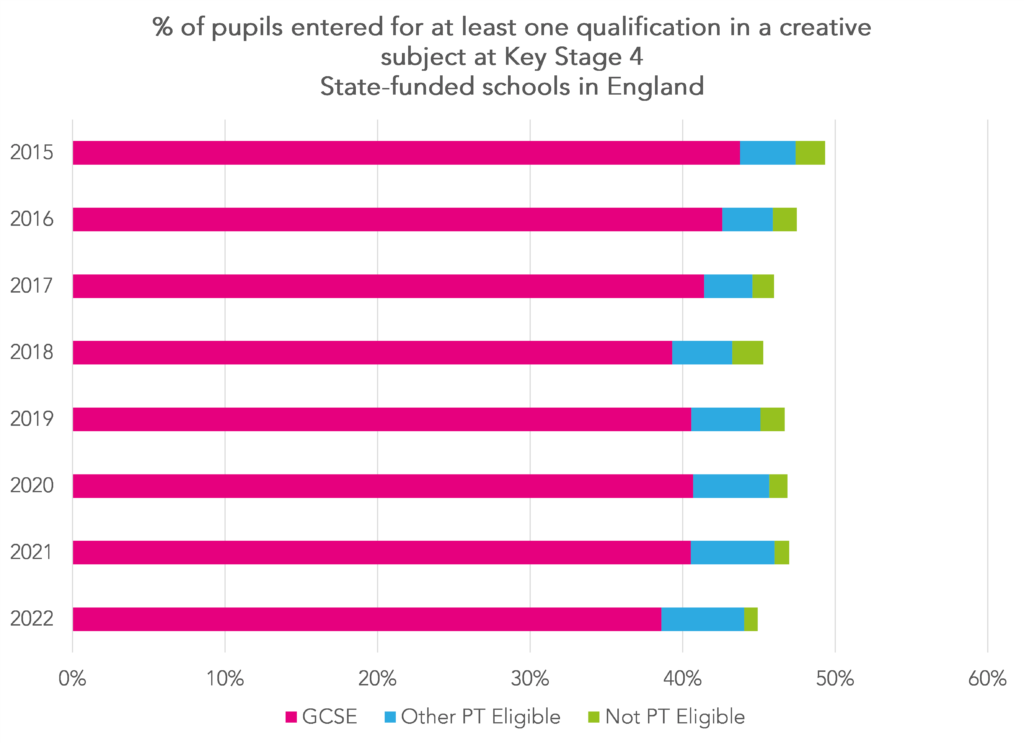

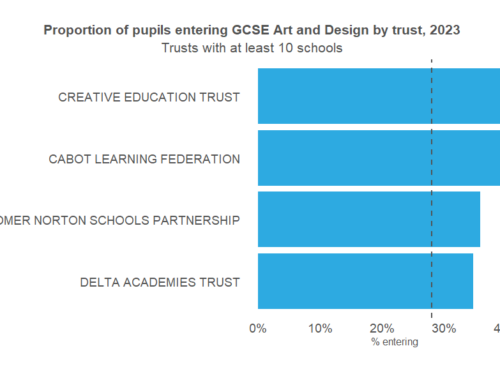
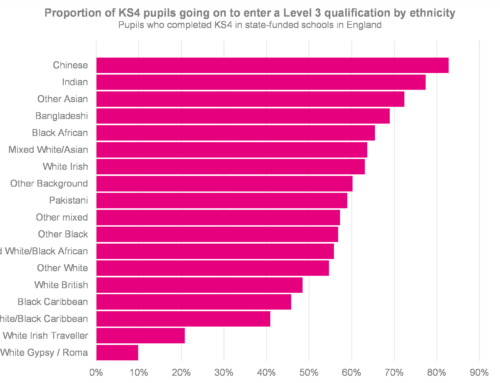

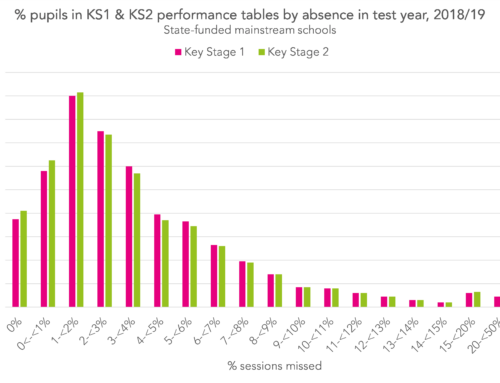
Leave A Comment